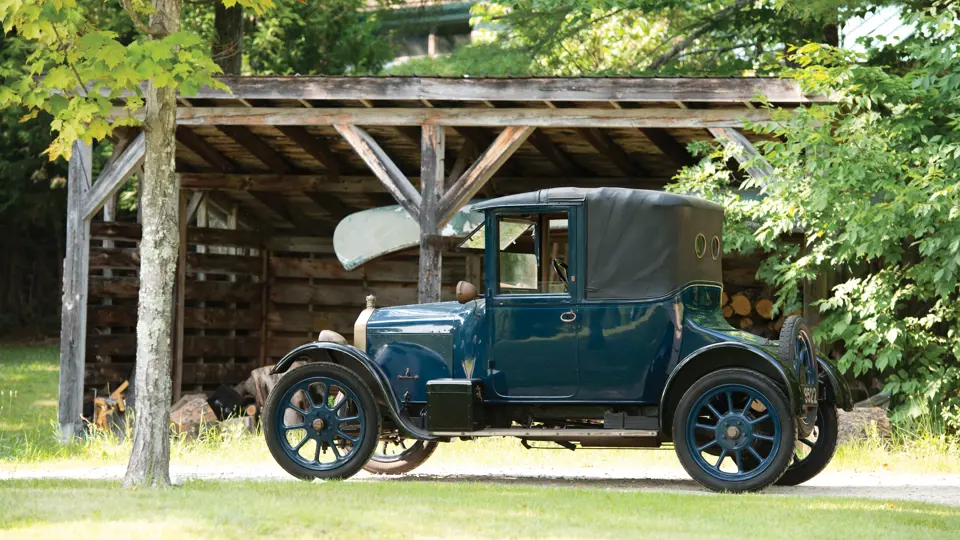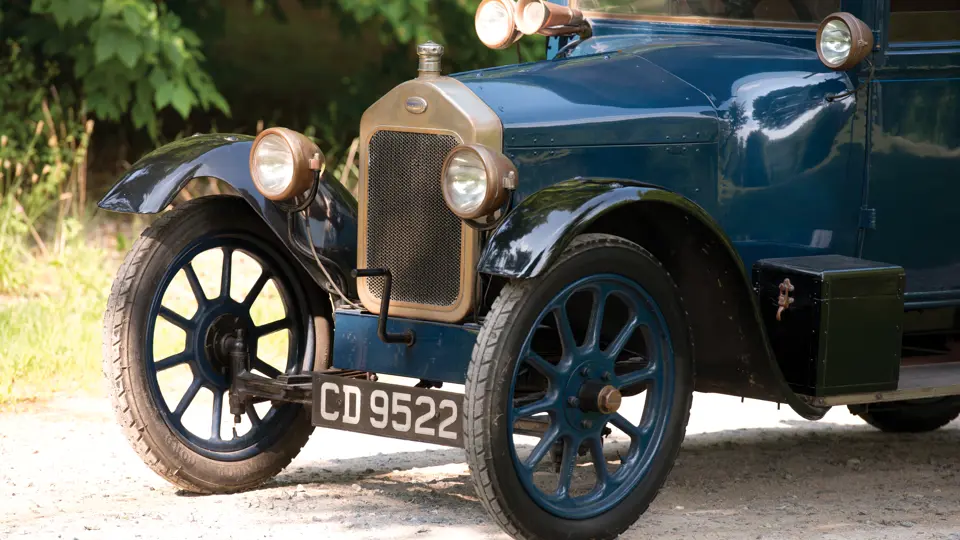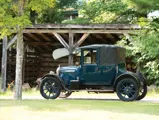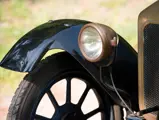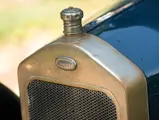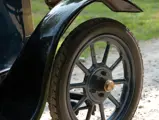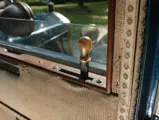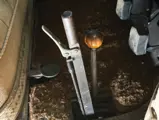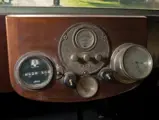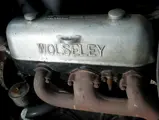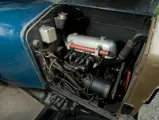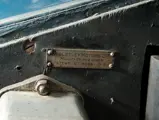10 bhp, 1,260 cc SOHC inline four-cylinder engine, three-speed manual transmission, front and rear quarter-elliptic leaf-spring suspension, and rear-wheel mechanical drum brakes. Wheelbase: 98 in.
Many early automobile manufacturers had their start in just about every other enterprise imaginable, and some of them were truly strange. However, the “Diversity Award” surely goes to British manufacturer Wolseley, which had been established in Birmingham in 1896 as the Wolseley Sheep Shearing Machine Company. In that same year, General Manager Herbert Austin built the company’s first three-wheeled horseless carriage. A production version with a single horizontal water-cooled cylinder, which drove the rear wheels through a combined belt and chain drive, followed in 1900. Until he left in 1905 to establish his own firm, Austin stuck to the horizontal engine design. By 1914, Wolseley led the United Kingdom in automobile production by building 3,000 cars.
Mr. Moir notes that his Wolseley Ten Coupe was built in 1921 but not actually registered until 1923. “This car originally belonged, I believe, to a short lady. Note the blocks on the clutch and brake pedals. She was well-to-do, I think. Note the coconut floor mat and the corduroy interior—elegant, but in good taste.”
The leather-covered top features a landaulet section at the rear, which could be folded to permit fresh air and sunlight into the interior. Due to the fragility of the original leather, however, it has not been opened while in Mr. Moir’s ownership. Indeed, much of this beguiling little automobile is as it was in 1921. The paint is original, with bare metal visible through the few chips it has sustained, as is the well-appointed, ladylike interior, which shows some light fraying but has survived the years nicely. The car has not been operated in some years, and it would benefit from a mechanical sorting before road use.
This well-preserved original Wolseley has charm in spades and would be a wonderful little automobile for Nickel Era jaunts.

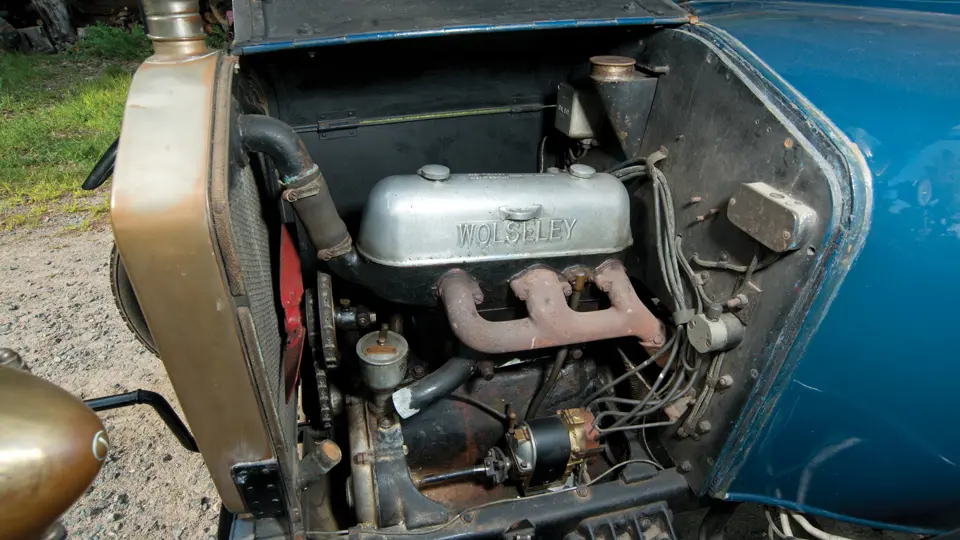


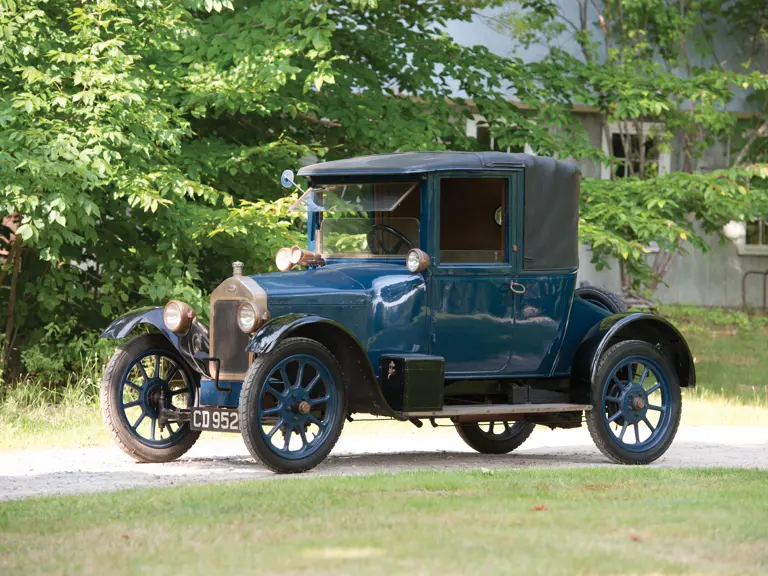
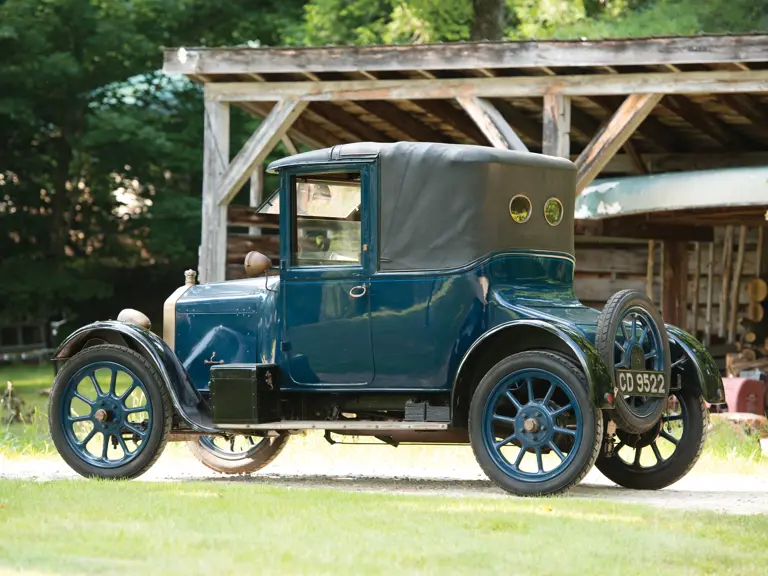

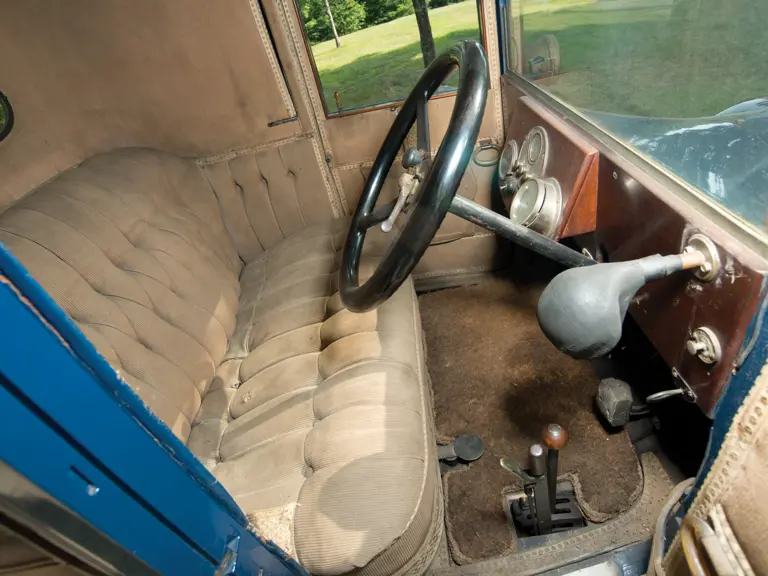
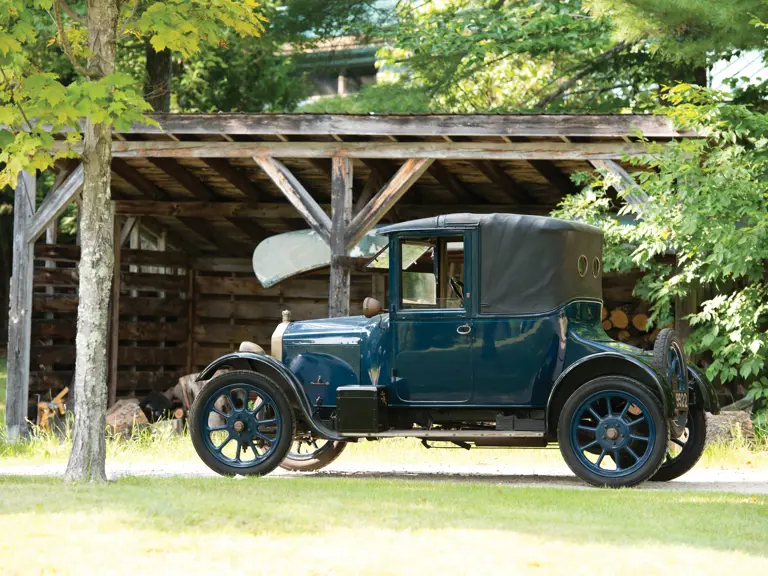


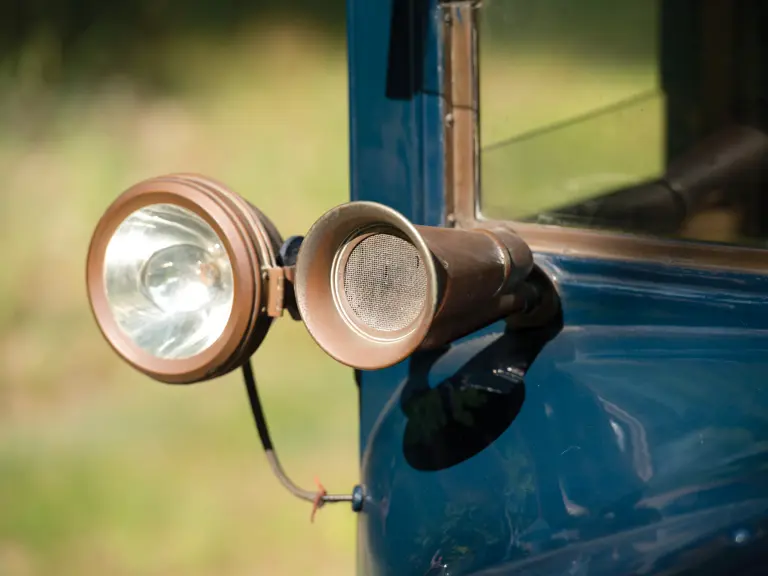


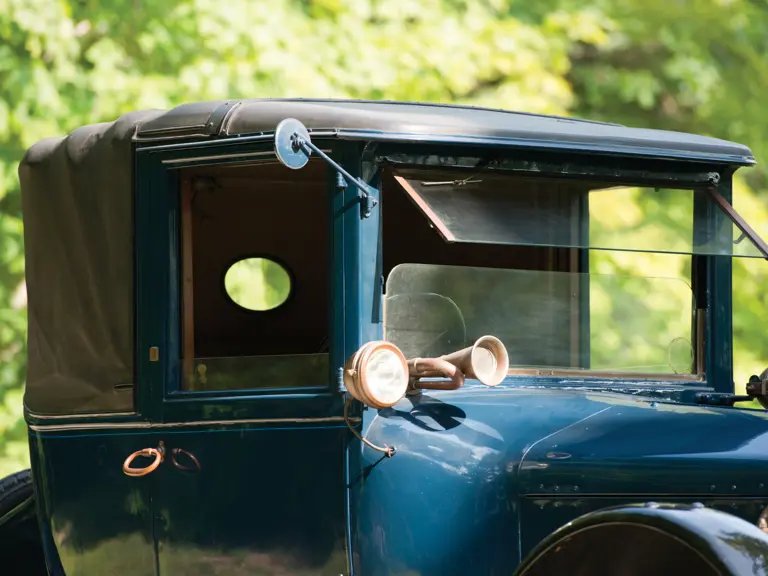
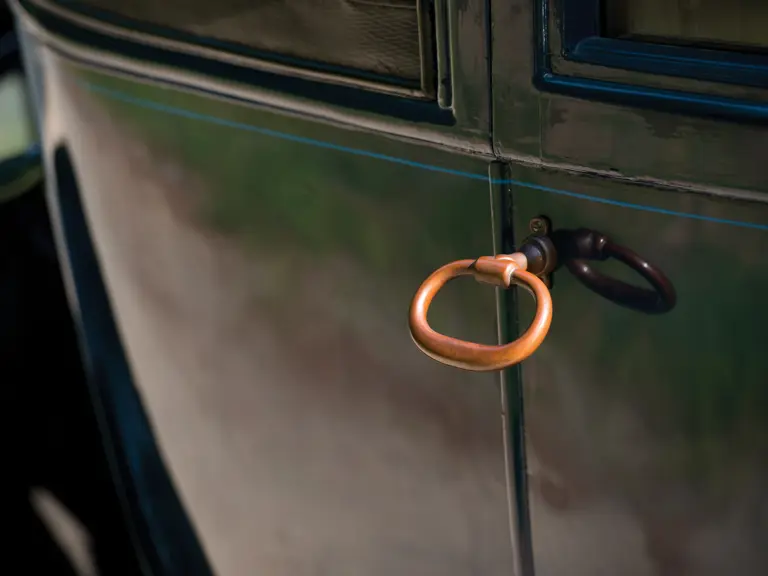
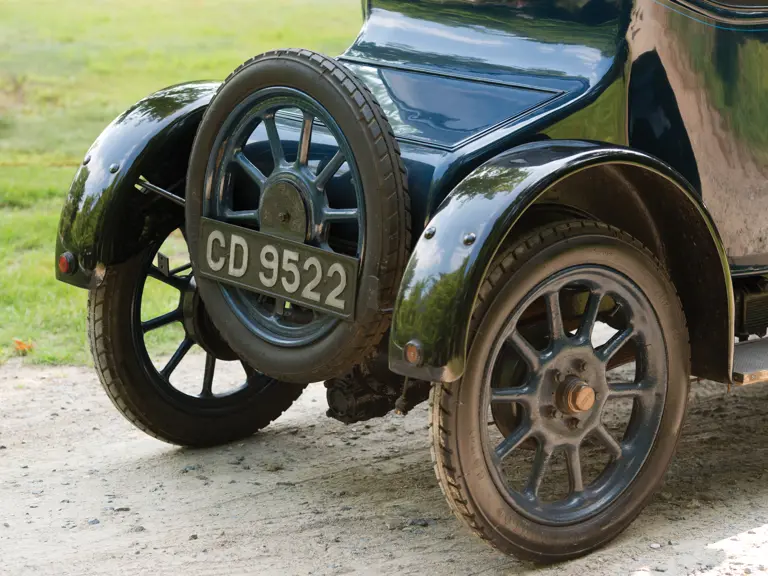
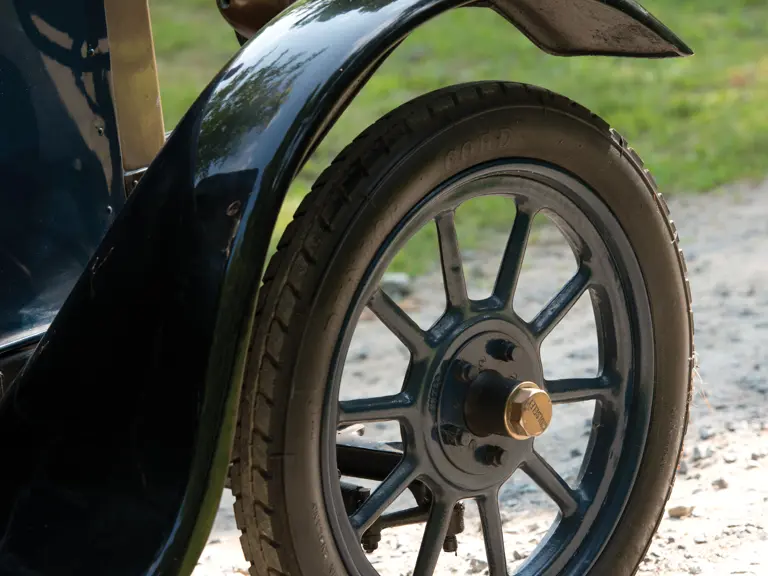
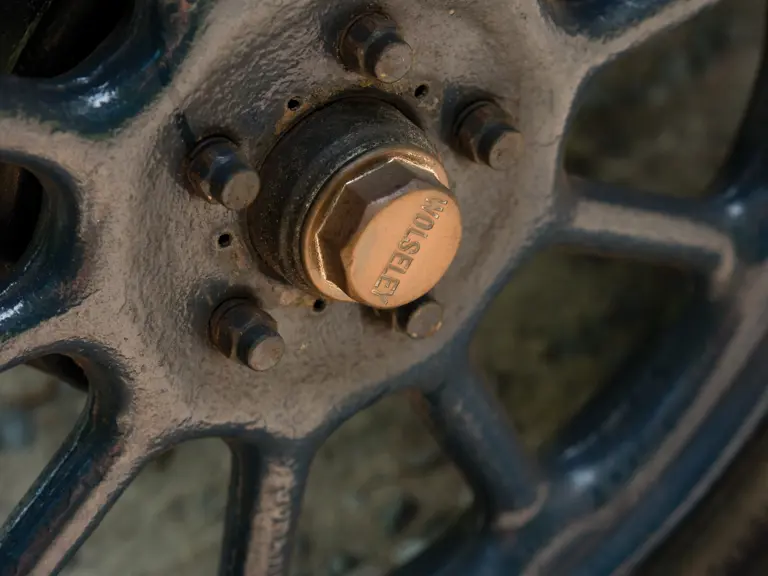
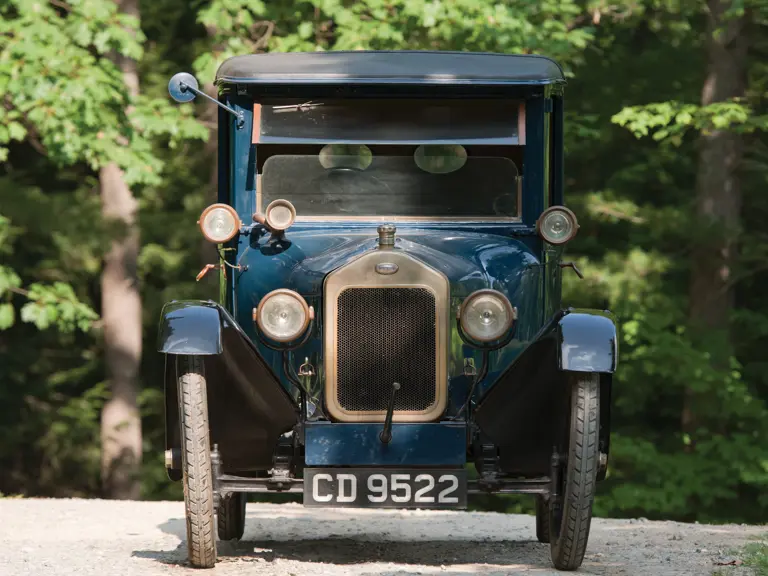
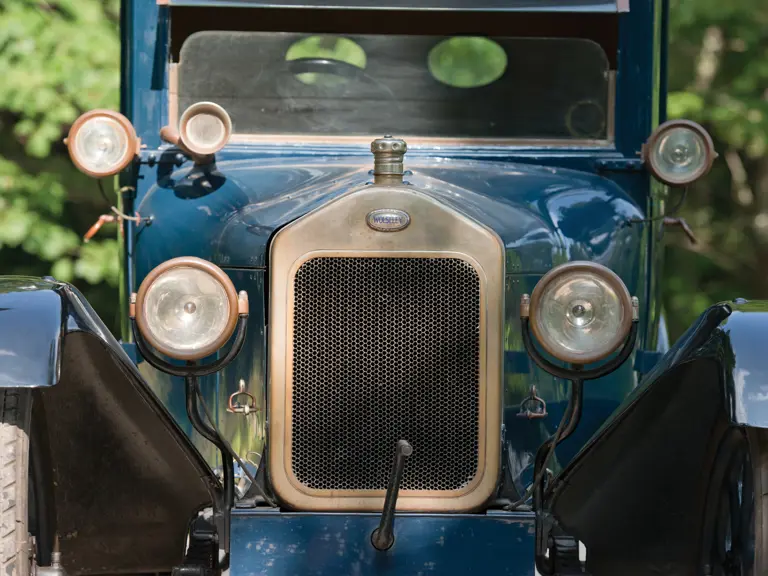
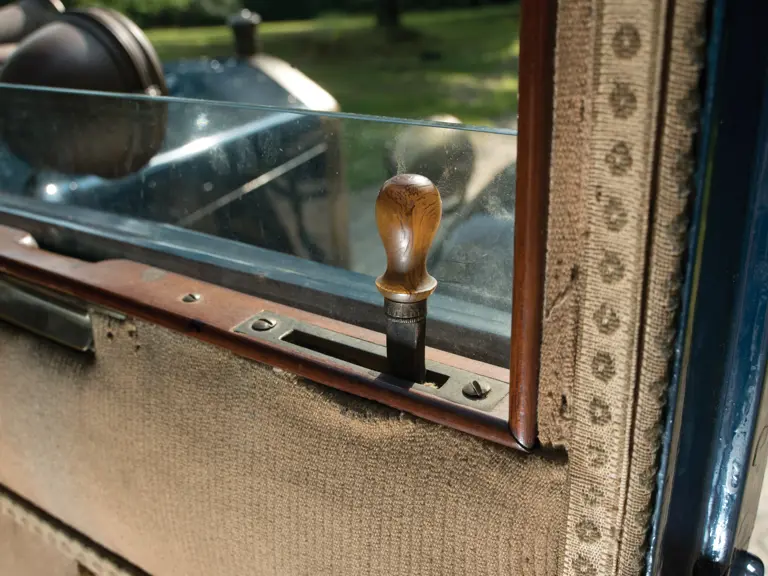
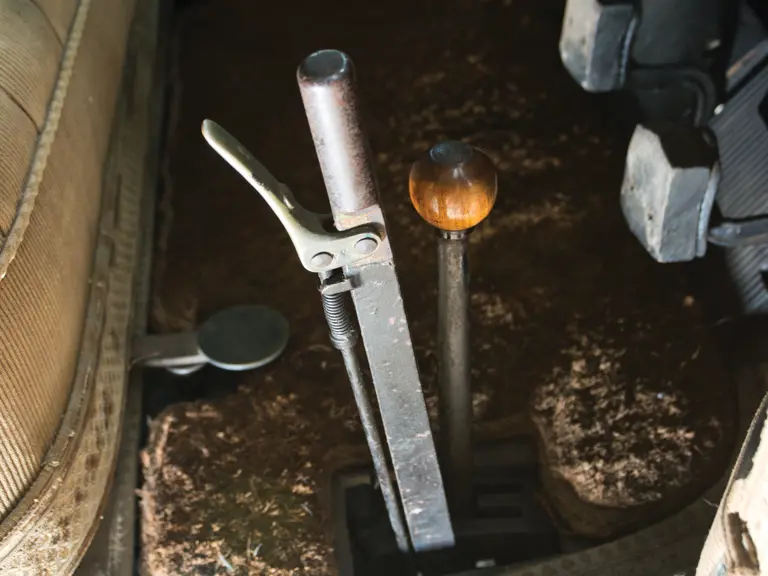
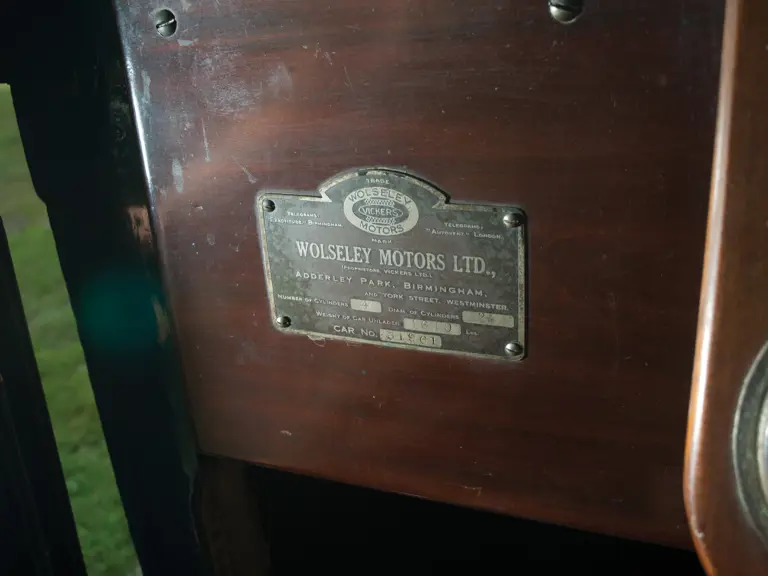

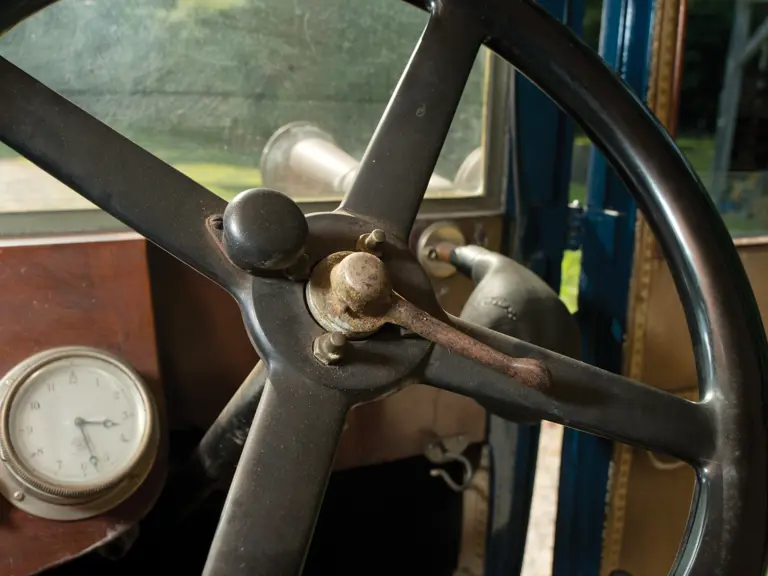
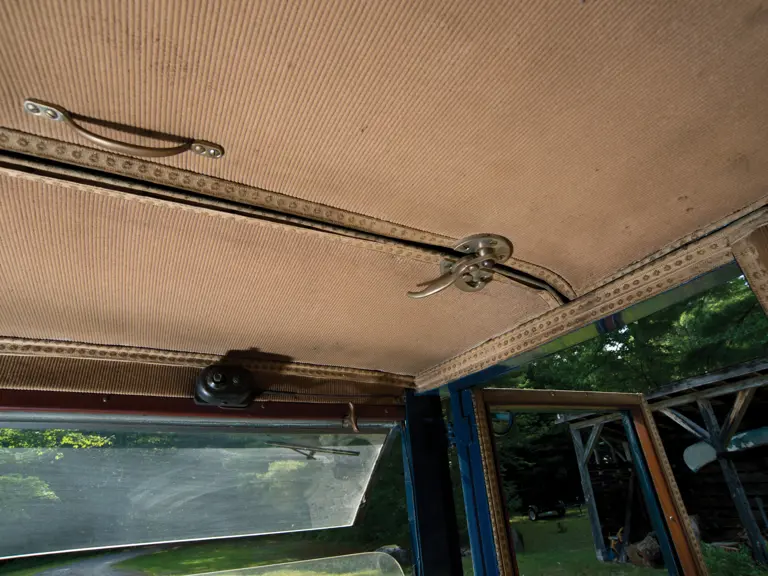
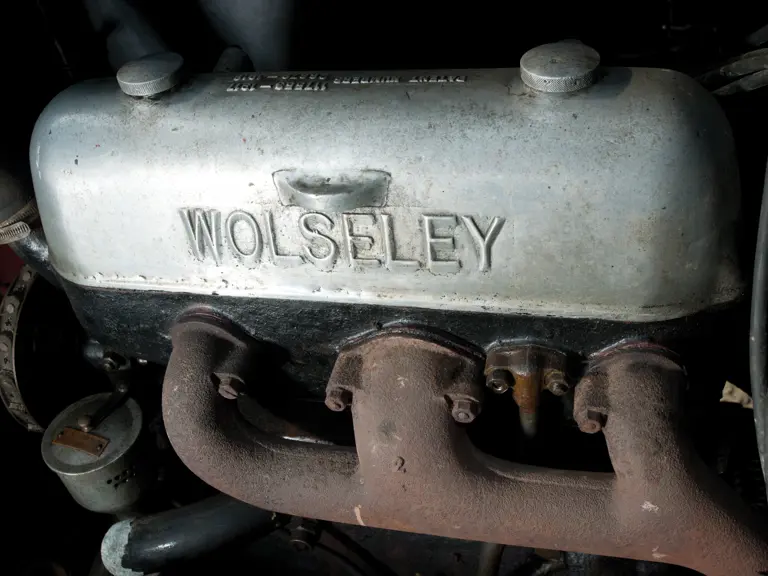
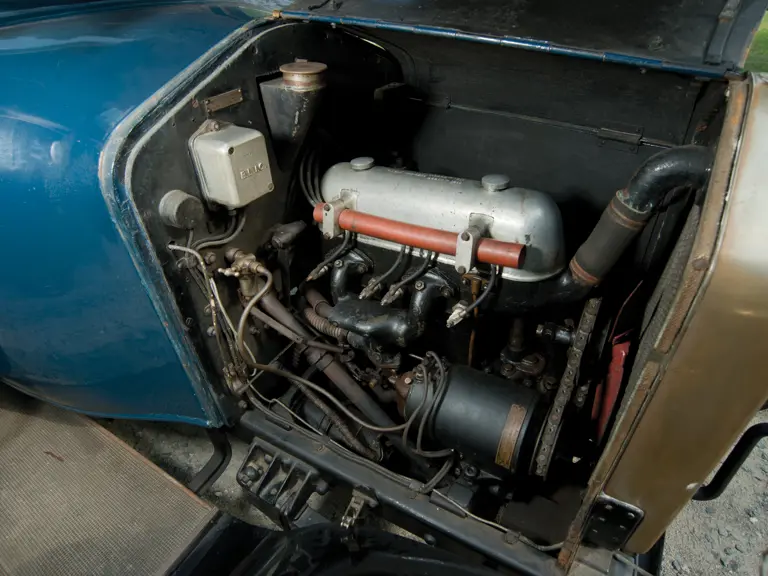
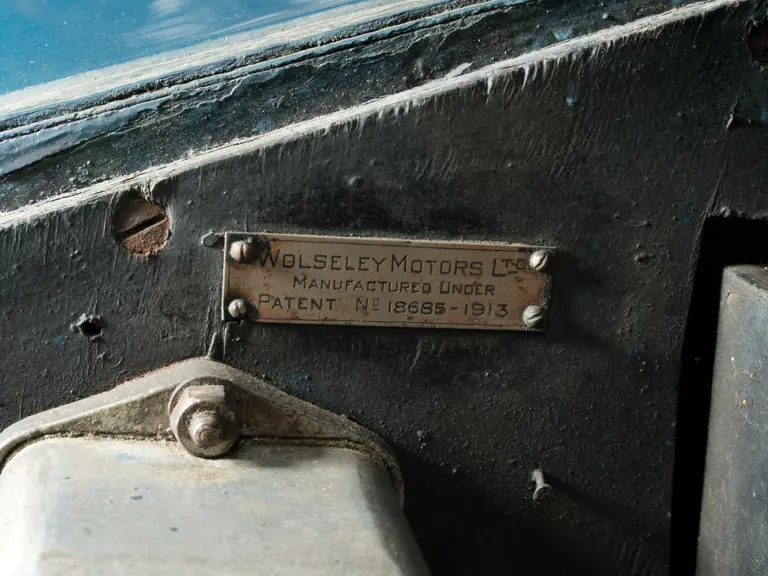
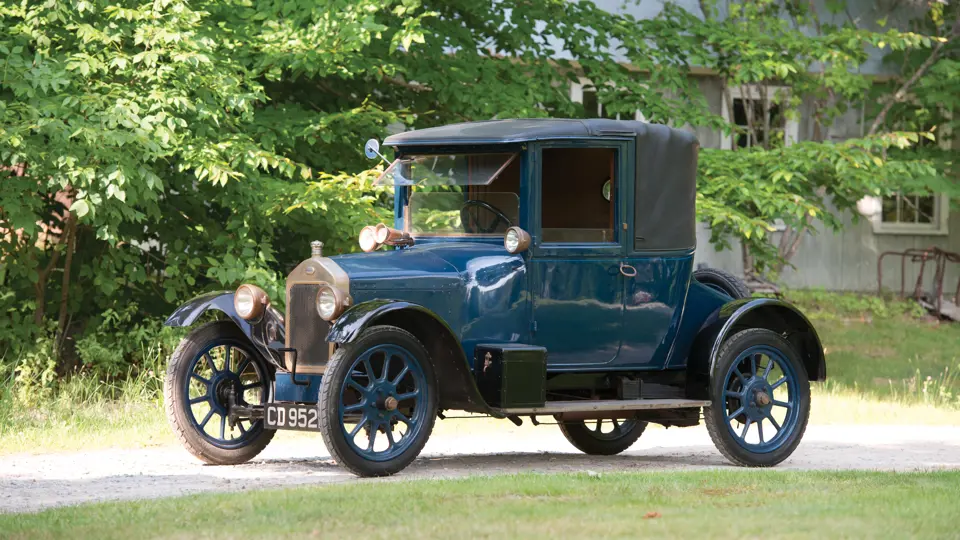
 | Hershey, Pennsylvania
| Hershey, Pennsylvania
